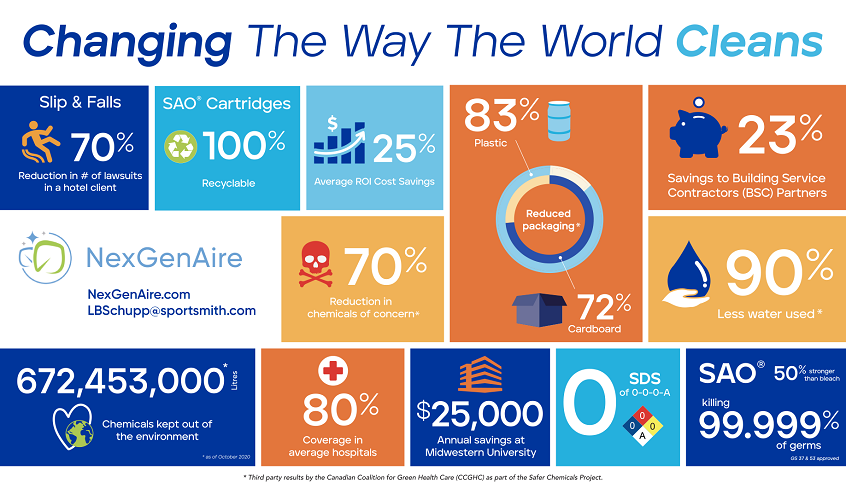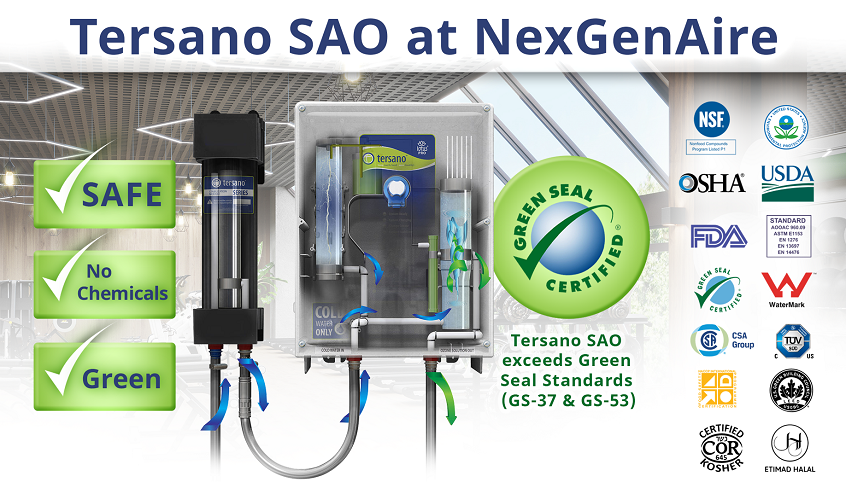Cleanliness and sanitization have undergone a true sea change in the club environment.
While both were a constant part of the pandemic, many of the steps taken to protect members at the time have become permanent standards. Two years ago, it might have been hard to imagine the physical presence of hand-sanitizing or individual cleaning stations, but they’re now ubiquitous. Technology has also been accelerated, as touchless check-in and crowd meters to gauge member traffic are now common features in club apps.
In fact, what was once common cleaning methodologies are now protocols, and maximum, deep cleanliness even has its own language:
- Cleaning removes germs, dirt, and impurities from surfaces or objects. Cleaning works by using soap (or detergent) and water to physically remove germs from surfaces. This process does not necessarily kill germs, but removing them lowers their numbers and the risk of spreading infection.
- Disinfecting means using chemicals to kill germs on surfaces or objects. This process does not necessarily clean dirty surfaces or remove germs, but by killing germs on a surface after cleaning, it can further lower the risk of spreading infection.
- Deep cleaning is a general term for an exceptionally intense cleaning process often including areas that are not highly trafficked, such as behind appliances.
- EPA-registered disinfectants are products that meet the United States Environmental Protection Agency’s (EPA) criteria. It has identified a number of disinfectants for use against SARS-CoV-2, the virus that causes COVID-19.
- Sanitizing lowers the number of germs on surfaces or objects to a safe level, as judged by public health standards or requirements. This process works by either cleaning or disinfecting surfaces or objects to lower the risk of spreading infection.
- Sterilizing is the process of making something free from bacteria or other living microorganisms by bringing it to a high temperature with steam, dry heat, or boiling liquids.
Driven by consumer expectations, those heightened cleaning protocols are now standard operating procedures. In a recent article, Lauren McAlister, manager of marketing content at MindBody, wrote that a massive “92% of consumers are most concerned with rigorous cleaning guidelines in their decision to return to the health club.”

